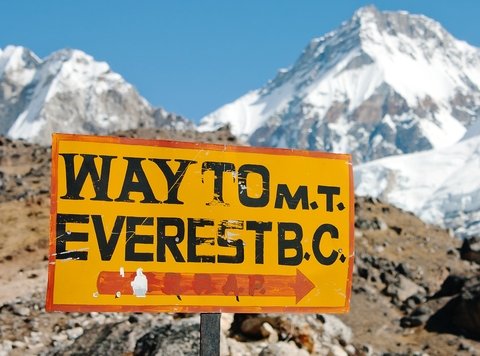In the span of a week records have been broken on Mount Everest amidst the deaths of at least six climbers.
There have been highs and lows, milestones and great human achievements, just as the mountain has claimed a high rate of casualties.
U.S. Marine Corps Staff Sgt. Charlie Linville, 30, became the first combat wounded veteran to summit Mount Everest when he reached the 29,029-foot summit on May 19. Linville lost his leg from an IED in Afghanistan in 2011 and had already summitted several of the world’s highest peak with a prosthetic.
Just a few days later 32-year-old Melissa Arnot became the first woman to summit Everest without oxygen. It marked her seventh successful summit of the mountain, deemed one of the greatest challenges known to man.
Climbing above 26,000 feet, known as the “death zone,” without oxygen is extremely dangerous. The human body is unable to acclimatize at that elevation without supplemental oxygen, but with enough training and experience, you can survive for a certain period.
Another climber, Cory Richards, summitted the mountain without oxygen and captured the feat on snapchat.
While these feats were taking place, the mountain was also telling a different story. After the avalanche in 2015 and a virtually non-existent climbing season, this year is promising to be an exceptionally busy one.
The life-threatening challenge was put into greater focus with the deaths of six climbers in the span of just three days. A Dutch climber, an Australian woman and an Indian man were suspected of having succumbed to altitude sickness, or death by drowning.








